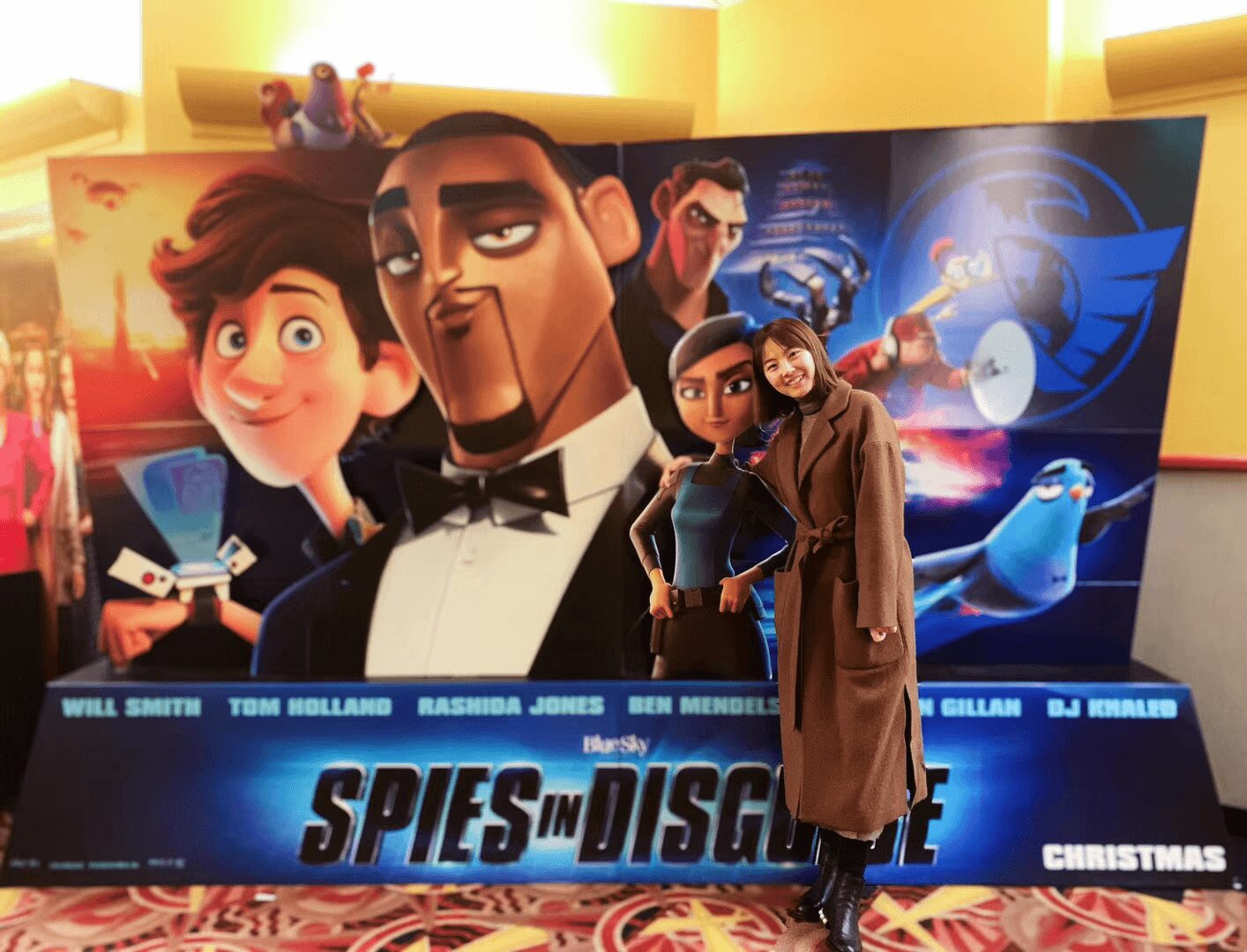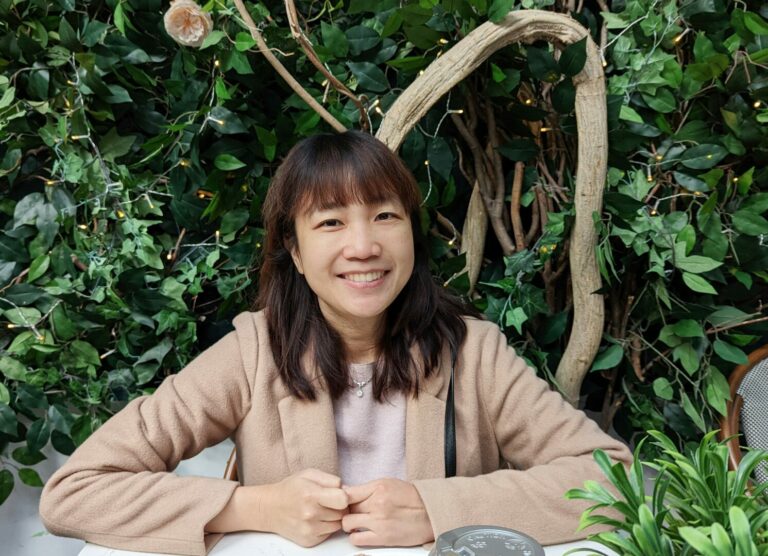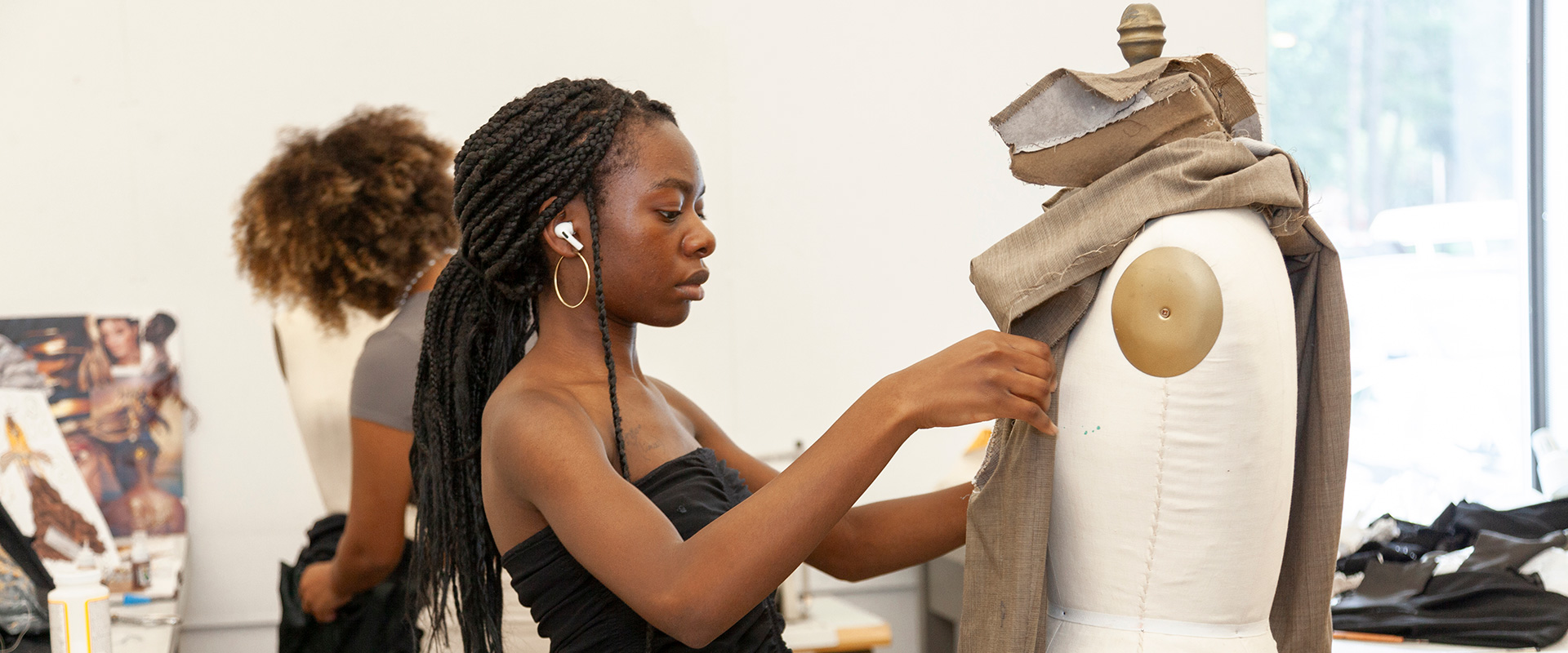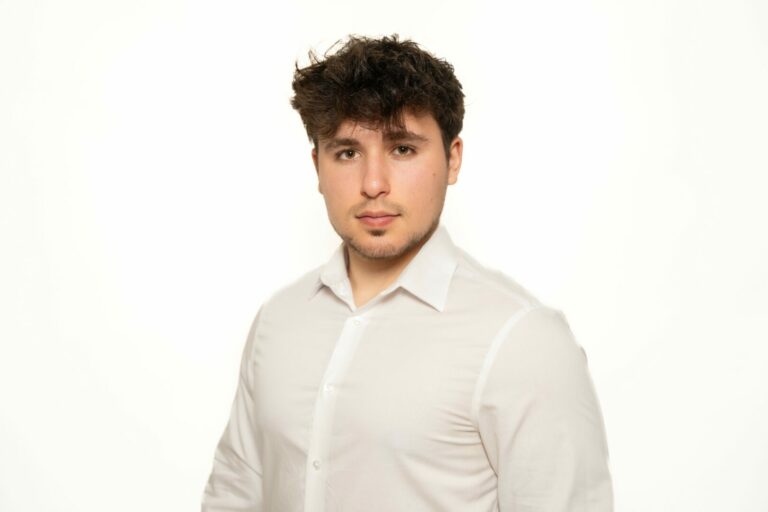We were lucky to catch up with Chen Zhang recently and have shared our conversation below.
Hi Chen, really happy you were able to join us today and we’re looking forward to sharing your story and insights with our readers. Let’s start with the heart of it all – purpose. How did you find your purpose?
I’ve loved drawing and animation since I was a kid. Like many children, I grew up watching cartoons and anime, and I dreamed of creating those kinds of stories myself someday. But growing up in China, pursuing art as a career wasn’t encouraged. Many parents—including mine—worried that a creative path wouldn’t lead to a stable future or financial independence. So I followed a more traditional academic route and majored in English during college.
But that artistic seed never left me. It stayed quietly rooted in my heart until I finally had the chance to study what I truly loved. After college, I was able to pursue animation and move to the U.S. for graduate study. That was a turning point—where I gave myself permission to follow the path I’d always wanted.
I began in animation, but during my training and early projects, I discovered a deep passion for modeling. I loved turning 2D concepts into expressive, fully realized 3D characters and environments. It was a way for me to sculpt stories, not just tell them. My background in animation also helped me understand performance, emotion, and storytelling through movement and form.
For me, modeling became the perfect balance between art and structure, emotion and design. It felt like I was finally doing what I was meant to do. Over time, this passion evolved into a sense of purpose: to contribute to meaningful stories, represent diverse voices, and show that following your creative calling—no matter how delayed or discouraged—is always worth it.
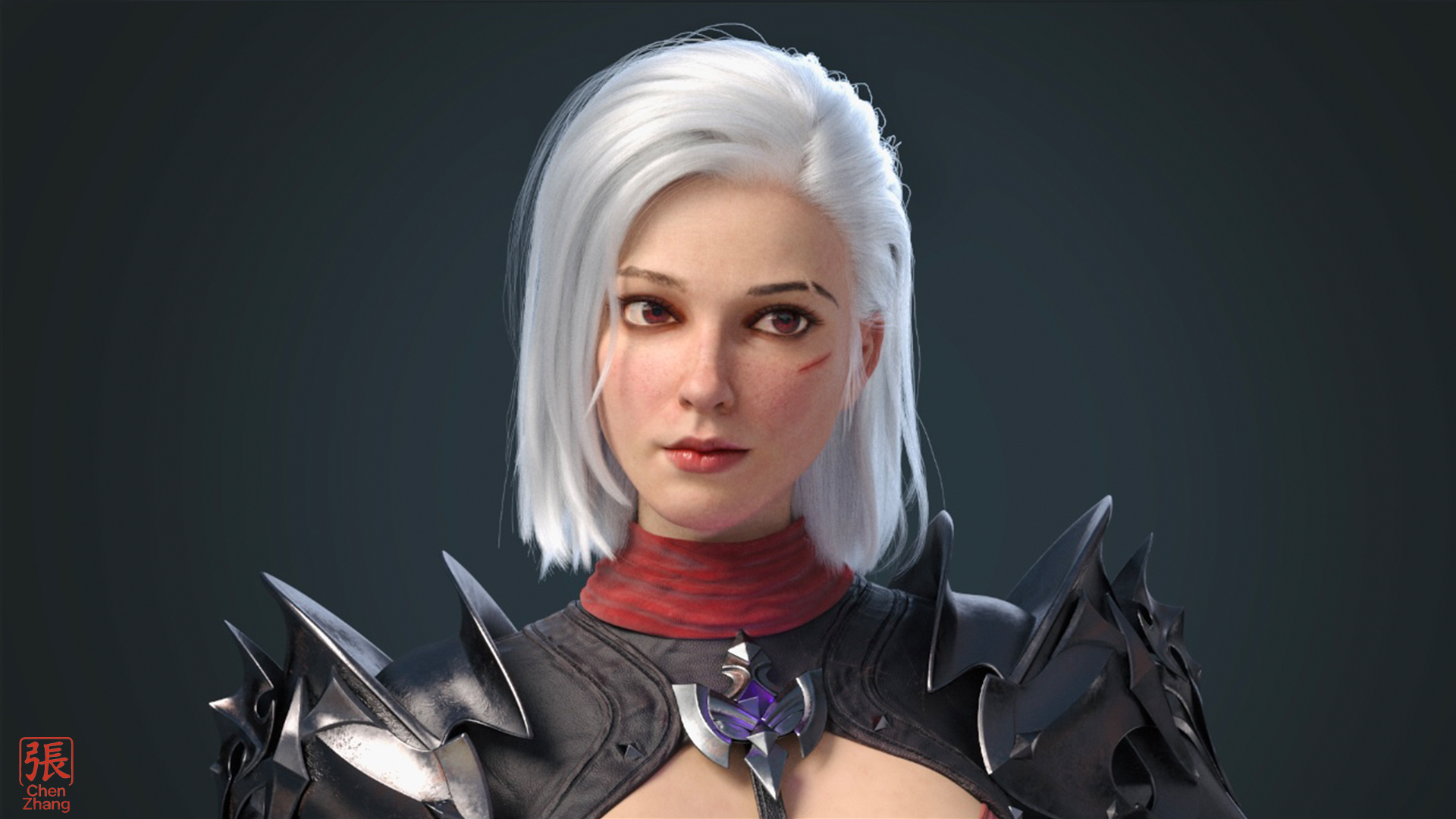
Appreciate the insights and wisdom. Before we dig deeper and ask you about the skills that matter and more, maybe you can tell our readers about yourself?
I’m a 3D modeler working in the animation industry, specializing in both character and environment modeling. My journey began at Blue Sky Studios, where I worked on Spies in Disguise. That experience opened the door to a career that has since brought me to Pixar, Disney Animation, and Sony Pictures Imageworks. I’ve had the honor of contributing to films like Spider-Man: Across the Spider-Verse, Moana 2, Luca, and Lightyear.
What excites me most about this work is its emotional depth. We’re not just building visuals—we’re helping shape how audiences feel and connect with the story. Whether I’m sculpting a stylized character or designing an intricate environment, I always strive to infuse the work with life and purpose.
As a Chinese-born artist who transitioned from studying English to pursuing animation in the U.S., I deeply understand how nonlinear creative journeys can be. That’s why I now mentor aspiring CG artists through Women in Animation, helping others find their voice and place in the industry.
Currently, I’m focused on creating a new collection of stylized 3D characters inspired by my cultural background, personal stories, and observations of everyday life. I’m also exploring exhibition and collaboration opportunities—both online and in person—while continuing to build a creative presence that reflects both my roots and my voice as an artist.
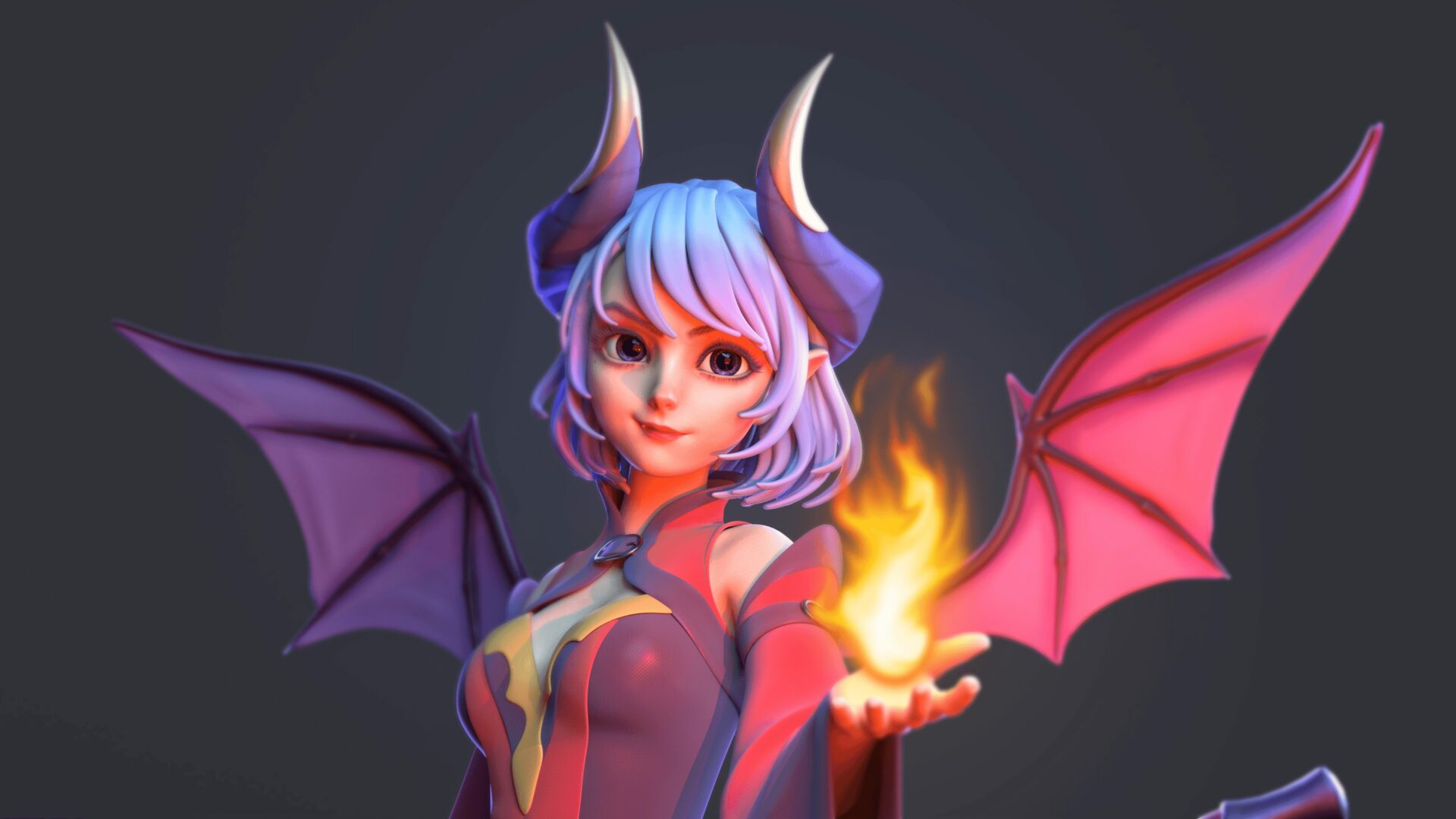
There is so much advice out there about all the different skills and qualities folks need to develop in order to succeed in today’s highly competitive environment and often it can feel overwhelming. So, if we had to break it down to just the three that matter most, which three skills or qualities would you focus on?
1. Adaptability / Learning to Learn
Coming from a non-art background, I had to quickly adapt and learn the technical and artistic skills required in CG modeling. The ability to stay curious, be a fast learner, and embrace the unknown helped me move forward even when I felt behind.
Advice:
Don’t be afraid to start from where you are. You don’t need to know everything at once. Focus on building your fundamentals step by step, and give yourself permission to learn in public.
2. Story-Driven Thinking
I’ve found that modeling is most powerful when it’s rooted in storytelling. Understanding the emotional context of a character or a scene makes a huge difference in how you build and shape your models.
Advice:
Don’t just think in forms and polygons—always ask what story this model is helping tell. Watch films, study real life, and build emotional awareness into your artistic practice.
3. Resilience / Inner Drive
There were many times I doubted myself—especially when I was just starting out, or comparing myself to classmates with years of art training. But I kept going because I truly loved what I was doing. That internal motivation sustained me.
Advice:
Creative careers are long journeys. There will be moments of rejection, self-doubt, and comparison. What matters most is staying connected to your “why”—the reason you started. Let that passion carry you through the hard parts.
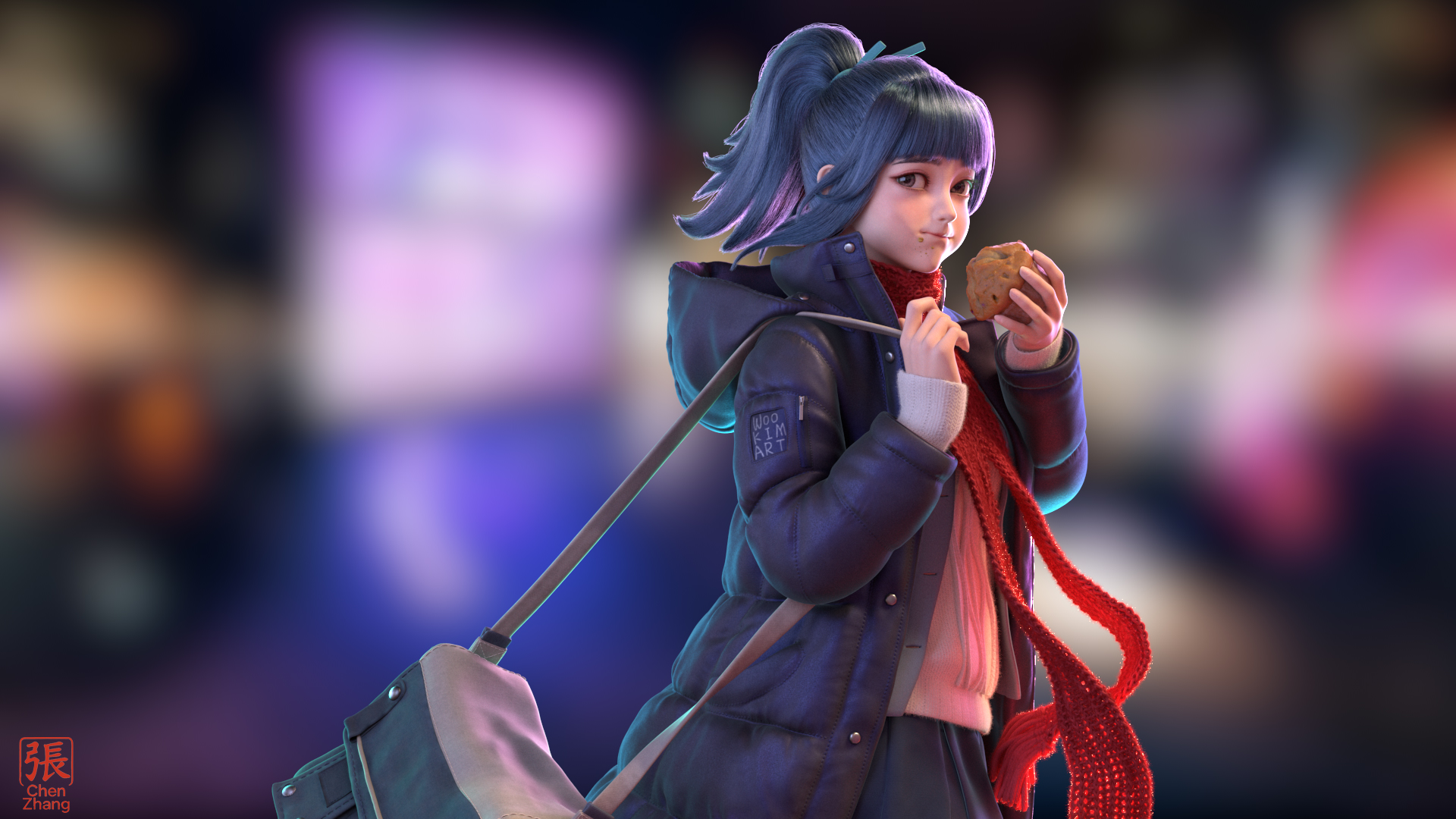
Is there a particular challenge you are currently facing?
One of the biggest challenges I’m currently facing is transitioning from being a production artist to becoming a creative voice of my own. After years of contributing to major animated films as a modeler, I’ve realized that my next goal is to design and build original characters and stories—to create and develop my own IP.
This shift requires more than technical skill—it asks for vision, clarity, and the confidence to share my own voice. As someone who grew up in a culture that values humility and caution over self-expression, it’s taken me time to feel comfortable putting my ideas out there, especially in English, which isn’t my first language.
To overcome this, I’ve started dedicating more time to personal projects that reflect my perspective and background. I’m building a new portfolio of stylized characters and exploring storytelling through both visual development and mentorship. I’m also practicing speaking more publicly about my work, connecting with other creatives, and giving myself the space to grow beyond the “production role.”
It’s a vulnerable process, but an exciting one. I’m learning that creative ownership doesn’t always come instantly—it’s something you build over time by showing up for your own ideas, again and again.
Contact Info:
- Website: https://www.chenzhang3d.com/
- Instagram: https://www.instagram.com/superchen.z/
- Linkedin: https://www.linkedin.com/in/chen-zhang-54622926/
- Other: https://www.imdb.com/name/nm6510976/
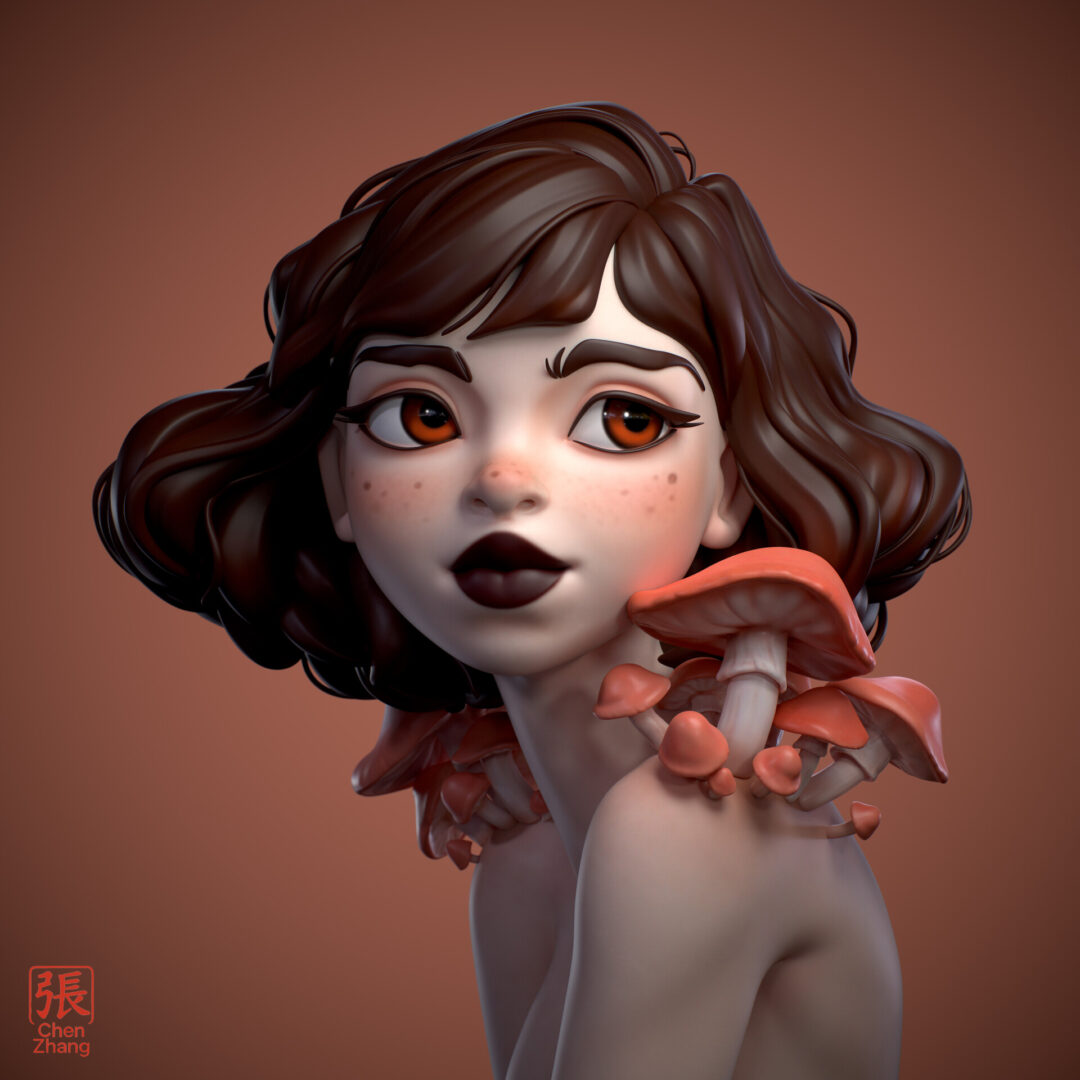
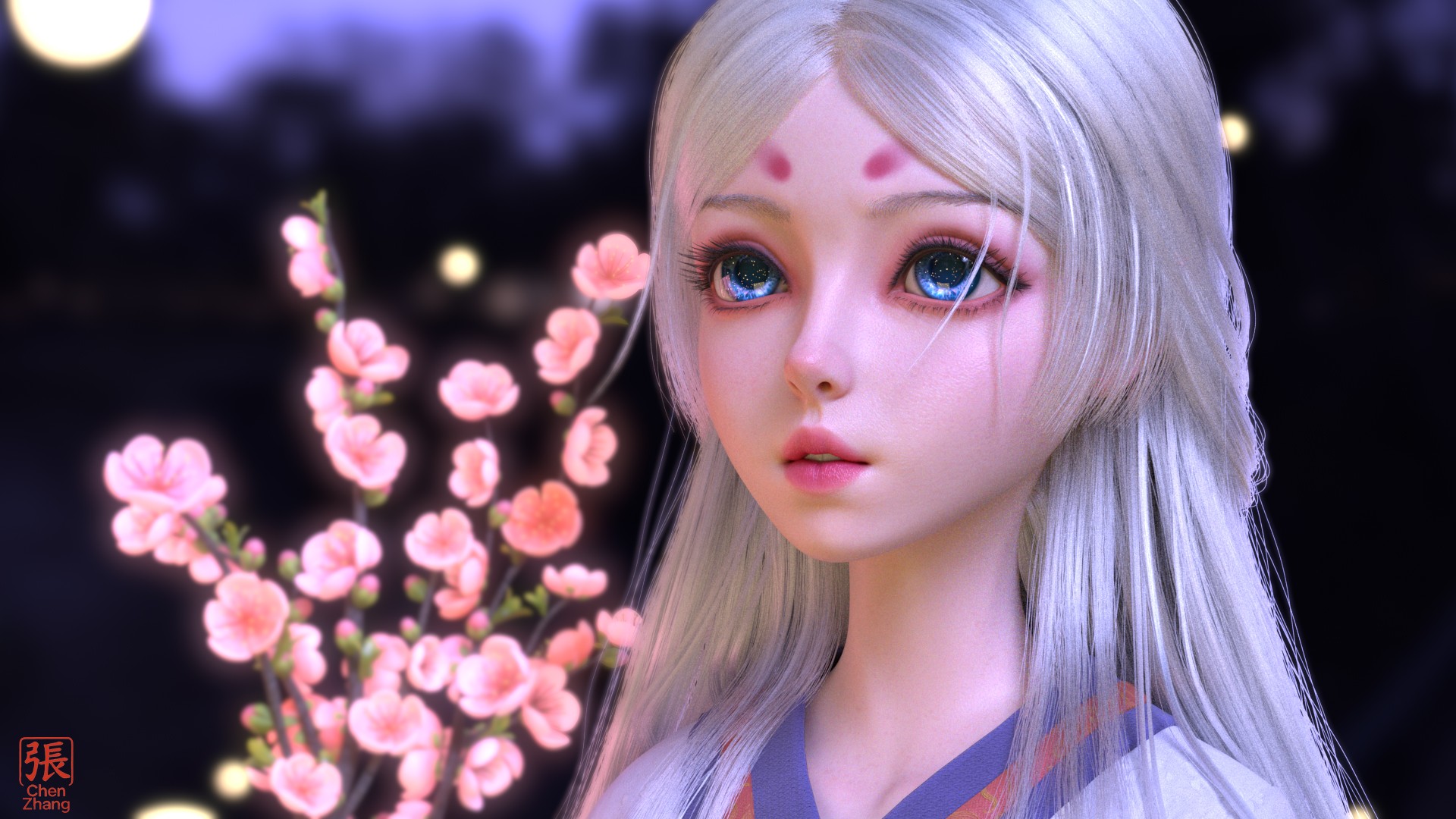
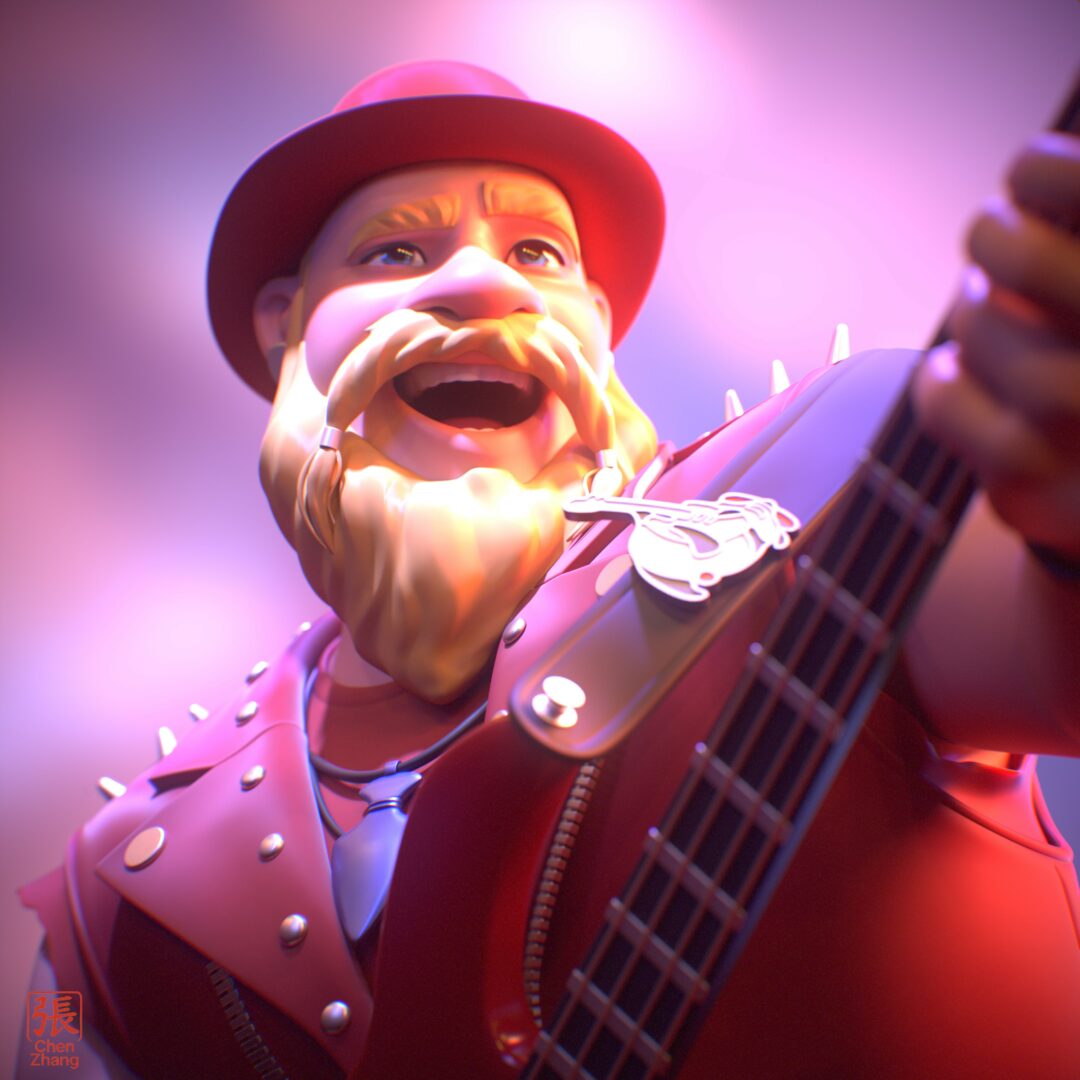
so if you or someone you know deserves recognition please let us know here.

